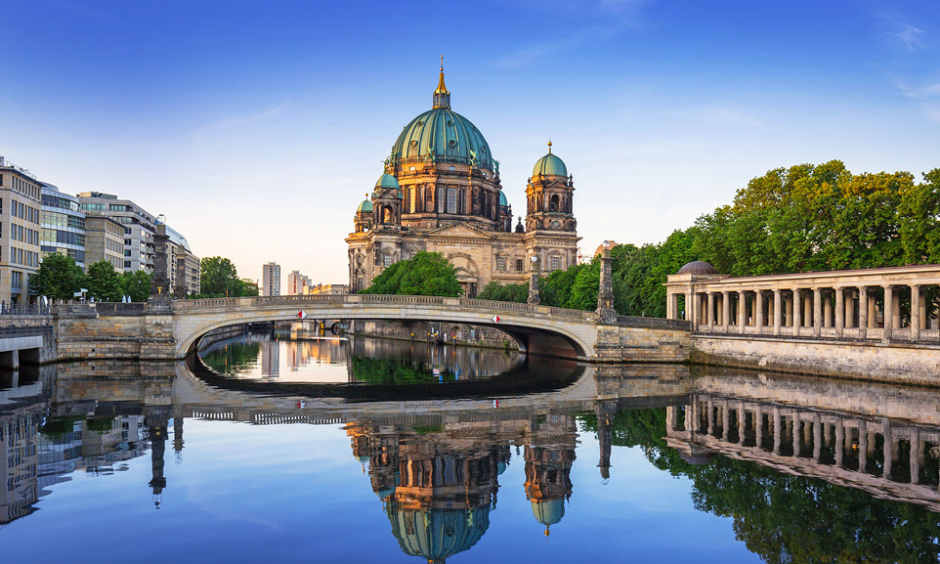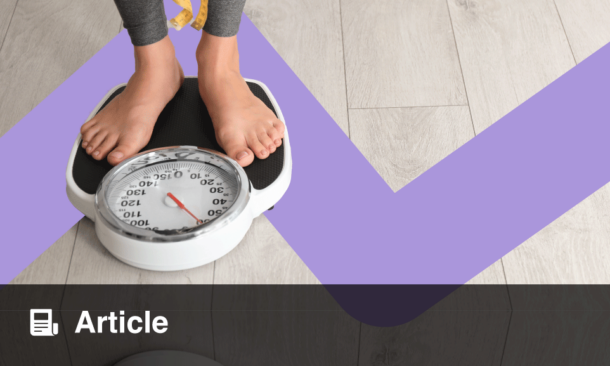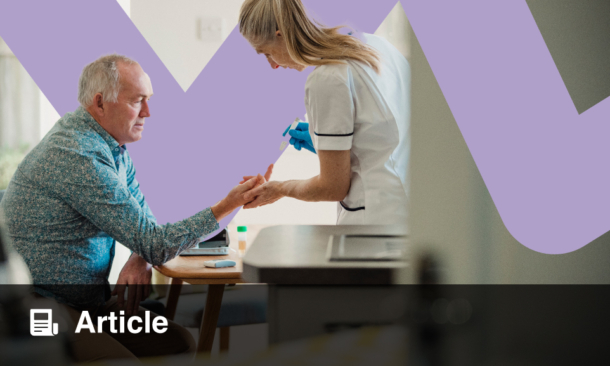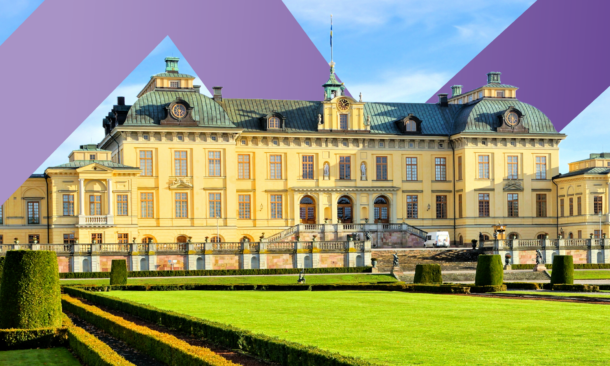Written by James Coker | Reporter, European Medical Journal | @EMJJamesCoker
![]()
From 1st–5th October 2018, the 54th edition of the annual congress of the EASD will take place in the culturally rich city of Berlin, Germany. Held within the confines of the Messe Berlin Exhibition Halls in Berlin-Charlottenburg, the event will provide details of the most exciting research findings from all areas of diabetology. There will also be numerous opportunities for the exchange of new ideas amongst clinicians, researchers, industry, nurses, and patient groups from this field of medicine. As always, the EMJ team will be present as we prepare our review of the congress in the upcoming edition of the EMJ Diabetes eJournal in November. You can subscribe here for free to our diabetes content to receive instant news of this publication!
History of the Congress
The first annual meeting of the society, which was attended by 220 individuals from the field of diabetes, was held in the city of Montecatini, Italy, from 20th–22nd April 1965.1 It was during this event that the steering committee drew up plans for the overall organisation of the society and additionally, the first ever general assembly of the EASD took place. Since that time the congress has grown in size and stature, regularly attracting between 18,000 and 20,000 participants. The previous year’s meeting was held in Berlin from 2nd–5th October 2012, in which there were 18,127 attendees from 131 countries, emphasising the increasingly cosmopolitan nature of the event.2
Interesting Fact
The papers at the EASD Congress were formerly three different languages: French, German, and English; it wasn’t until 1971 that English was adopted as the sole language.2
Last Time Out
In 2017, the congress was hosted within the scenic city of Lisbon, Portugal, from 11th–15th September. The event was a huge success, disseminating exciting new research findings that will assist in the development of new prevention strategies and the creation of new treatments. Among a plethora of presentations, sodium intake was linked to the increased risk of developing Type 2 diabetes and latent autoimmune diabetes in adults; an in-depth look was taken at the potential effects of low-fat dairy consumption on the risk of cardiometabolic disease; and further insights were given to help explain why the risk of Type 2 diabetes is reduced through the consumption of certain dairy products. All of this and more is displayed in our in depth review of the event, which is available here.
Important Timings
The opening ceremony will be swiftly followed by the Presidential address by EASD President Prof Juleen Zierath to welcome all attendees on Tuesday 2nd October from 08.30–09.15. This will take place in Langerhans Hall, as will the 50th Claude Bernard Lecture immediately afterwards from 09.15–10.00. This will be delivered by Prof Jaakko Tuomilehto and is entitled: ‘Prevention of Type 2 diabetes: The dream that came true’.
There will then follow three further special lectures by distinguished members of the diabetes community. The 33rd Camillo Golgi Lecture, which will be given by Prof Peter Nawroth, is scheduled for 16.15–17.15, again in Langerhans Hall. The title of this lecture is: ‘Diabetic complications – an alternative view on diabetes’. At the same time in the Virchow Hall, Prof Rohit Kulkarni will present the 12th Albert Renold Lecture entitled: ‘Epitranscriptomics (RNA methylation): A new level of regulation in islet biology and metabolism’. Finally, on Thursday 4th October, the 53rd Minkowski Lecture, the title of which is: ‘The gut microbiota – a forgotten organ – that contributes to glucose metabolism’, will be delivered by Prof Fredrik Bäckhed.
On each day throughout 2nd–4th October, two poster events are due to take place. In these, the authors of the posters will discuss their research alongside a Poster Chairperson, who is an expert in the respective field. Both will then elaborate on the findings to the watching audience in the Poster Hall. There is scheduled to be two poster events on each of these 3 days; these will always take place at the times of 12.00–13.00 and 13.15–14.15, respectively.
The exhibition area, where new treatments and technological devices by the pharmaceutical and medical manufacturing industry are displayed, will be open from 09.00–16.30 on Tuesday 2nd October and from 09.30–16.30 on Wednesday 3rd and Thursday 4th October.
Hot Topics
The abstract topics at the event have been divided into eight broad groups, meaning there is plenty on show for healthcare professionals interested in any aspect of diabetology. These are the following: Genetics/Epigenetics/Epidemiology; Islets/Transplantation/Immunology of Type 1 diabetes; Pathophysiology/Metabolism I; Pathophysiology/Metabolism II; Clinical Science and Care I; Clinical Science and Care II; Complications I; and Complications II/Comorbidities.3
Social Media
For updates and insights during the event, you can follow the official EASD twitter account, @EASDnews, and Facebook page: https://en-gb.facebook.com/EASDnews/.
With the EMJ team in attendance throughout the 5 days, you can follow our views and account of the congress through the twitter accounts of @EMJReviews and @EMJDiabetes.
Remember to keep using the hashtag #EASD2018 on all your social media comments!
History of the City
Berlin began as a settlement in the 13th Century, growing in size and stature before formally merging with another town on the other side of the Spree River called Colln in 1432 to establish an especially large and prosperous town for that age.4 The area grew in significance as the centuries passed and was made capital city of Prussia in 1701 after the crowning of King Friedrich I. During the 18th Century, many of Berlin’s most iconic buildings were developed and the city was selected as capital of the newly created German Empire in 1871.
Following defeat in World War 1, Germany experienced major economic problems due the terms imposed by the treaty of Versailles and the Great Depression of 1929; however, Berlin continued to prosper in this period, becoming a world-renowned metropolitan city. In 1933, the city was at the heart of rise of Adolf Hitler and the Nazi Party to power in Germany, which ultimately led to the country being taken into World War 2 from 1939–45. Defeat in this conflict for Germany led to devastating consequences for Berlin. By the end of the war the city lay in ruins and the population had almost halved. Shortly after, the allies divided it into four parts, each under the separate control of one of the victorious allied powers.5
Germany was divided into two countries in 1949, East and West Germany, the former under the control of the Soviet Union, and the Berlin Wall was built in 1961; this wall separated the city into two parts to prevent travel between the two countries and symbolised the differences and tensions of the Cold War between the Capitalist West and Communist East. Shortly before the Soviet Union collapsed, the wall was opened in 1989, precipitating the reunification of Germany in 1990. Since then the city has been the capital of Germany, flourishing as an economic powerhouse and attracting millions of tourists each year.5
Places to Visit
If you have time for a look around Berlin during your visit for EASD, there is plenty for you to see. Here are three we have picked out for you to consider:
Reichstag: You can take a tour of the German Parliament, learning about the building’s rich history and architecture as well as walking through its famous beautiful glass dome which offers a unique viewpoint of the Bundestag chamber.6
Berlin Wall: At the site of one of the most seminal moments of recent world history, you can walk the remains of the famous wall that split the city for so many years as well as visit Checkpoint Charlie, the former East–West border control.7
Berlin Zoo: As the most popular and oldest zoo in Germany, containing around 14,000 creatures, this place is well worth a visit if you are interested in wildlife and animals.7
This year’s EASD Congress promises to once again illuminate the field of diabetes, displaying new findings that are likely to transform care for patients in the future. The EMJ will be on hand to engage in the sessions and activities that take place throughout the 5 days before we summarise the event in the next edition of the EMJ Diabetes eJournal, due to be published in November!
REFERENCES
- European Association for the Study of Diabetes (EASD). The History of EASD. Available at: https://www.easd.org/about-easd/history.html. Last accessed: 6 September 2018.
- Jörgens V et al. Happy Birthday EASD—50 years of dedication to diabetes research. Diabetologia. 2015;58(4):645-8.
- European Association for the Study of Diabetes (EASD). Scientific Programme. Available at: https://www.easd.org/annual-meeting/easd-2018#section-scientific-programme. Last accessed: 6 September 2018.
- Lambert T. A Brief History of Berlin, Germany. Available at: http://www.localhistories.org/berlin.html. Last accessed: 6 September 2018.
- Everything About Berlin. Short History of Berlin. 2009. Available at: http://beautifulberlin.blogspot.com/2009/07/short-history-of-berlin.html. Last accessed: 6 September 2018.
- Sullivan P. The best experiences in Berlin. 2018. Available at: https://www.telegraph.co.uk/travel/destinations/europe/germany/berlin/articles/berlin-attractions/. Last accessed: 6 September 2018.
- TimeOut. 20 essential things to do in Berlin. Available at: https://www.timeout.com/berlin/en/things-to-do/20-essential-things-to-do-in-berlin. Last accessed: 6 September 2018.








